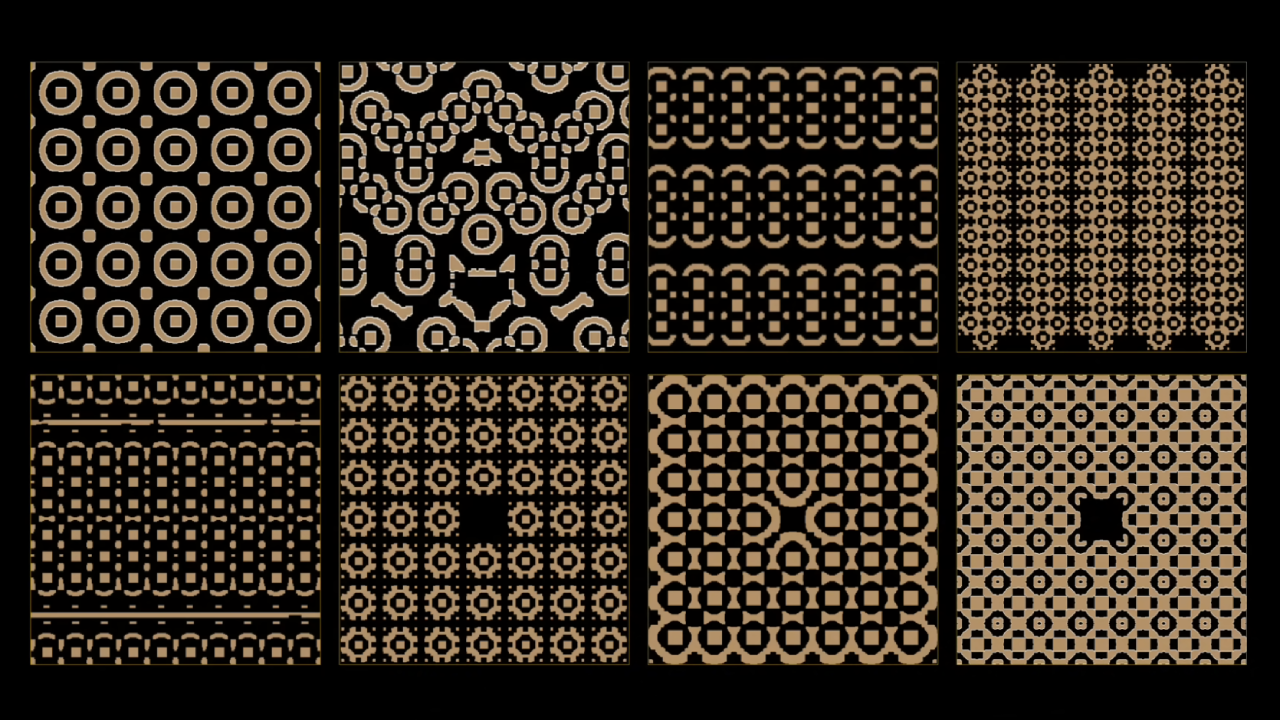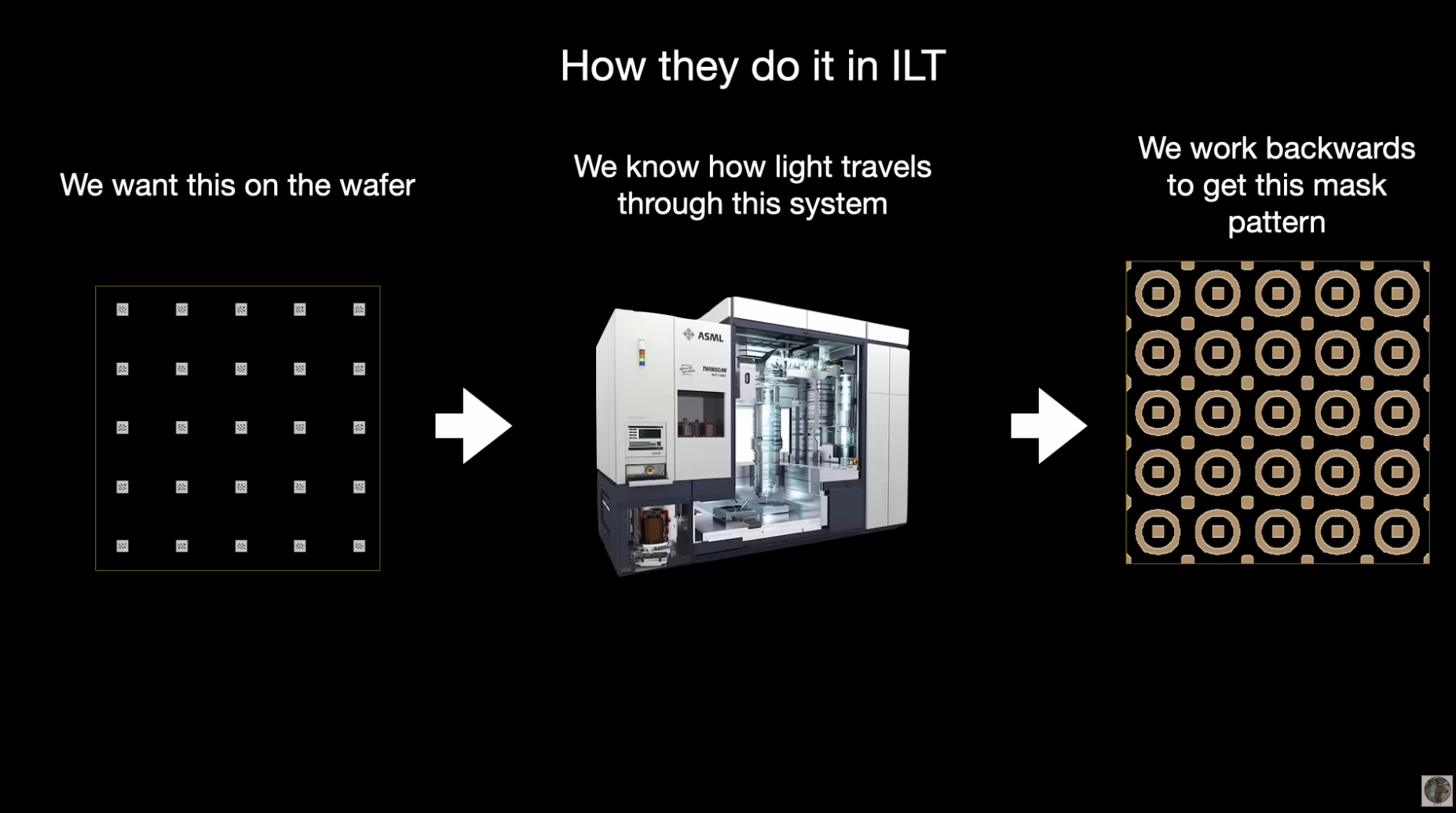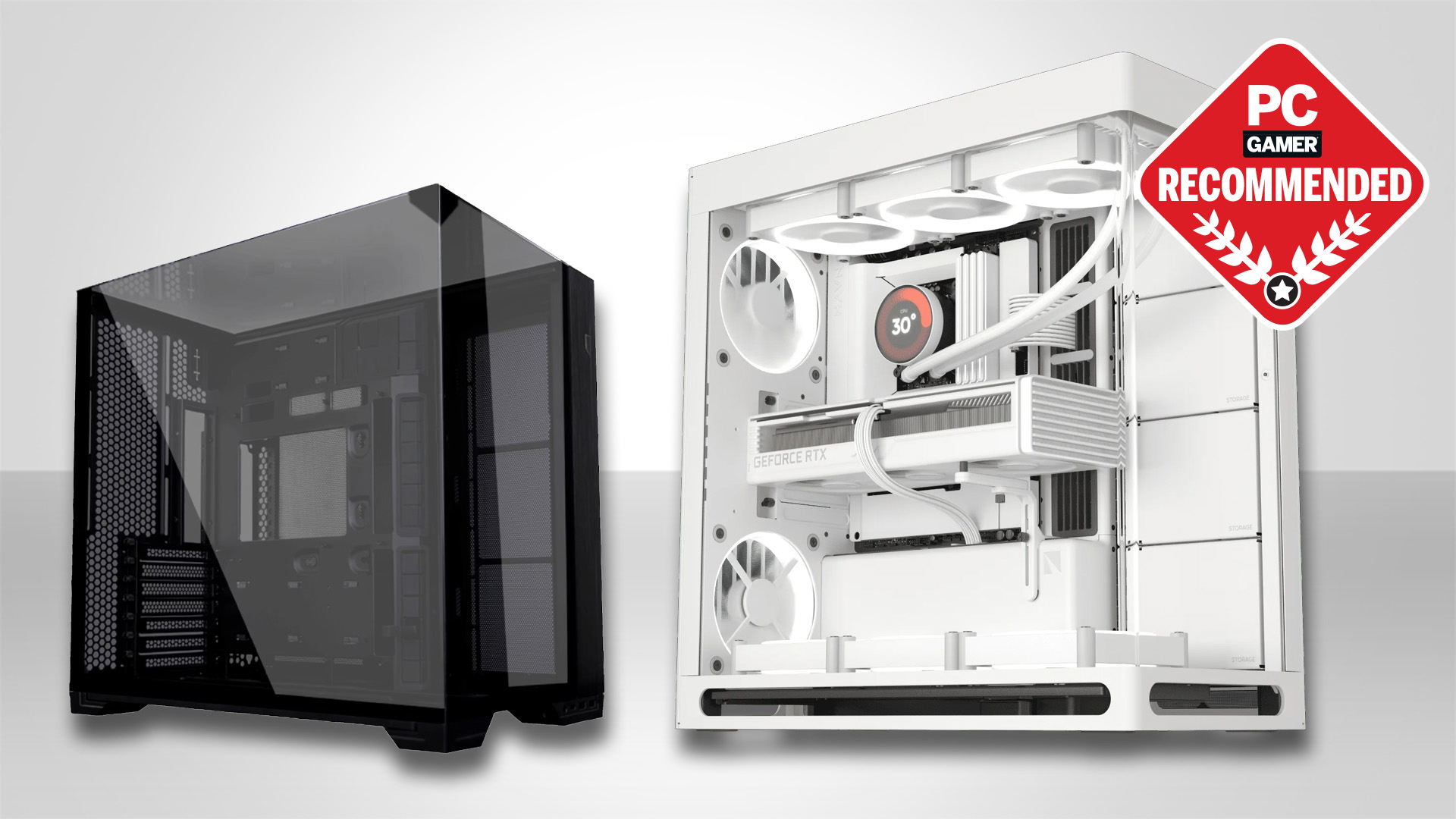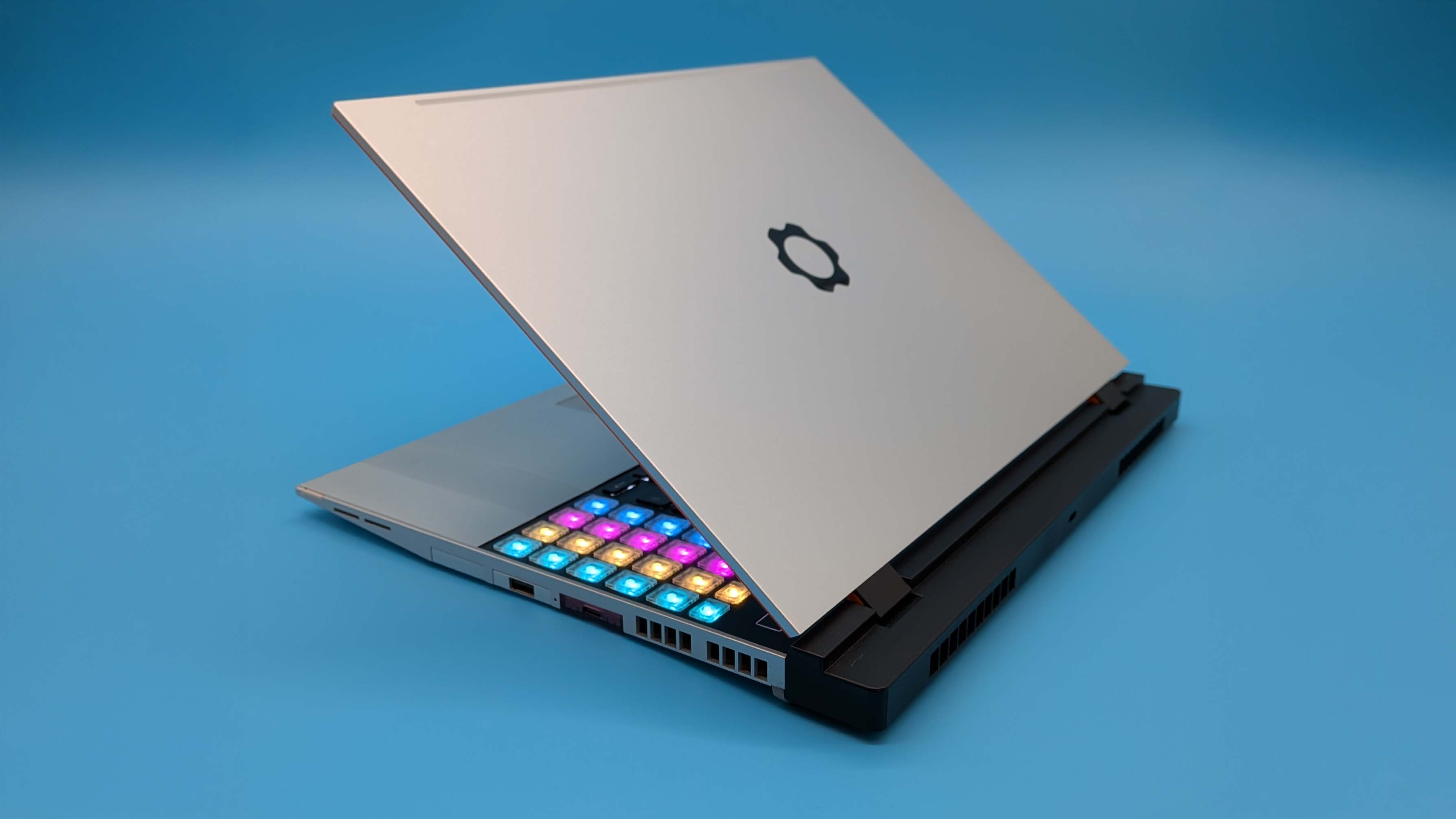Today I learned that the curvy lithography masks used by TSMC to make next-gen GPUs are 'alien', 'psychedelic' and look nothing like chip circuits
May we introduce Inverse Lithography Technology.

Computer chips are undoubtedly one the great wonders of the modern world, incredible feats of engineering. And just when you thought they couldn't get any more complex and intriguing, here comes Inverse Lithography Technology, or ILT, a weird and alien technology that promises to push chip design to yet higher levels of performance.
ILT is not, strictly, new. But according to YouTube channel Asianometry, it is being used in revolutionary new ways by chip manufacturer TSMC and Nvidia, everyone's favourite $5 trillion graphics chip company.
This is a complex story, but to précis the salient details, the use of extreme ultraviolet light to shrink down chip components to smaller proportions than ever before throws up some rather peculiar problems, leading to flaws when transferring the patterns contained in the lithography masks to the silicon wafers.
In simple terms, it comes down to the way the EUV light diffracts and distorts as it passes through the various lenses, reflectors and apertures of the mind-boggling complex ASML lithography machines used by TSMC to manufacture the most advanced chips. Using conventional chip production techniques, these can't all be controlled and corrected, resulting in defects and broken chips.
However, it turns out the mask design can be adjusted to compensate for these issues, something that chip makers have been doing for years, with ever increasing complexity.
For the most part, however, that approach has been essentially additive. Take the mask, add some small tweaks and features, iterate and repeat. But ILT is rather more radical. As the "I" for "inverse" implies, ILT uses AI to approach the problem from the opposite direction.
It starts by mapping the path of light through the lithography machine and how it reacts with the photoresist on the wafer. "Then, knowing that the chip pattern is what we want transferred to the wafer, it generates the optical mask image pixel by pixel," say Asianometry.
Keep up to date with the most important stories and the best deals, as picked by the PC Gamer team.
"Taken to the fullest extent, these post-ILT designs look alien, almost psychedelic," Asianometry continues. And you can see what they mean. Apparently, despite how weird these chip masks look, what ends up being printed is more likely to actually work, even with some defects.
As to how this is all possible, it's a combination of—yup, you guessed it—AI-powered analysis from Nvidia (dubbed cuLitho) and a newly engineered and very hard-won ability to create masks with curves. Previously, masks were composed entirely of square and rectangular shapes.
As some commenters below the video point out, ILT isn't entirely new. Intel, apparently, has been using it for some years. But as I understand it, ILT has previously been limited to so-called hot spots on the chip. In other words, particular problem areas with high defect density.


For TSMC's upcoming N2 node, otherwise known as 2 nm, Asianometry says that ILT is being used across the chip, albeit only for a few mask layers. A single chip design typically uses 10s of mask layers. So, when the likes of Nvidia move to N2 for future GPU generations, it will be very interesting to see how they turn out.
Anywho, the implication here is that ILT could well be a very big deal, allowing for something akin to a generational advantage. Put another way, it's a bit like moving to a more advanced chip node allowing components to be packed in more densely but without the need to use yet shorter and more problematic wavelengths of light.
Whatever, there's absolutely no doubting the lithography masks that result are both beautiful and oddly alien. It's all a little redolent of the fact that understanding what goes on inside an LLM-based AI model becomes ever more obscure as you increase the training complexity. The LLM that results doesn't just work, it works spectacularly well, as apparently do these peculiar lithography masks. It's just not clear why from a glance.

Best graphics card 2025
All our current recommendations







Jeremy has been writing about technology and PCs since the 90nm Netburst era (Google it!) and enjoys nothing more than a serious dissertation on the finer points of monitor input lag and overshoot followed by a forensic examination of advanced lithography. Or maybe he just likes machines that go “ping!” He also has a thing for tennis and cars.
You must confirm your public display name before commenting
Please logout and then login again, you will then be prompted to enter your display name.


